ALL BILLING ASPECTS
Obtaining Charges
There are several different ways to obtain charges. With many of the new EMR’s, the office enters the charges in the patient’s progress notes/op report, or the charges can be faxed/emailed using a HIPPA compliant line. Charges are entered and submitted 24 to 48 hours after receipt. What stays the same regardless of how we get the charges is the way we handle the charges. We make sure all charges are captured. We also make sure all procedure and diagnosis codes are accurate and modifiers, where needed, are used correctly. In the case of surgeries, we make sure that the procedure billed is the same as the procedure authorized. We will also bring to the attention of whoever does the authorizations when there may have been an additional procedure is done that will need a post-op authorization.
Accounts Receivable
Most insurance now requires electronic fund transfers. They go hand in hand with the electronic remittance advice. If your office hasn’t signed up with the insurance companies for this feature, we will be more than happy to do it for it. It makes the cycle go much smoother. We like to work closely with your bookkeeper/accounts receivable to be sure what is indicated electronically paid has hit your bank account. If it has not promptly, we will track the payment down.
In the case of paper remittances, we ask that they be sent to us promptly, and once again they will be entered into the system within 24 – 48 hours. The promptness of this is important to assure that we are not chasing claims that are already paid.
In addition we are also looking to assure that the insurance company has paid the contracted rate.
Prior AR report. One of the things we request before we get started is your current AR report. This is important for many reasons. In the course of working your current AR we become more and more familiar with the workings of your office and past problems you might have had in getting paid that we can correct.
Denial Work
This is done as the ERA/EOB is entered. We strive to address this as soon as we see it rather than have it linger in the AR. It is important to us to do it at this point as we have the reason for the denial right in front of us and can address whatever changes/documentation need to be added to the claim immediately and get it back out for payment.
Patient Balances
Different practice management systems address patient statements differently.
We offer our clients the advantage of having patients call our office with their questions regarding balances. It can be done as an off-shoot of your office or as a separate office. It’s whatever your preference is.
Statements are done on a daily/weekly basis, depending on the practice, and the practice management system. The reason for daily statements is balances become patient responsibility as soon as the claim is processed. Most systems allow patients to be billed the moment it becomes their responsibility. This then becomes the date of their “cycle”. It’s done weekly to break down the alphabet, including dunning messages. It’s easier to review each of the statements this way rather than all at once. It also spreads outpatient phone calls regarding their balance.
We recommend 3 statements to a patient before a letter of intent to collection is issued. The accounts will then be sent to the office for instructions on the balances being sent to an agency or not.
Another concern voiced by doctors as they examine billing services is “What are the costs?”.
As long as your hardware is up to date, and you have the required privacy hardware in place, there is no cost to you. No hidden fees that will crop up. It is in OUR best interest to assure that you receive all the monies due to you as your costs will depend upon your receipts. Therefore there is no lag in AR work. In addition, we do not utilize “departments”. You will have your own dedicated representatives that are responsible for your account from soup to nuts. This helps to ensure that nothing slips through the cracks.


